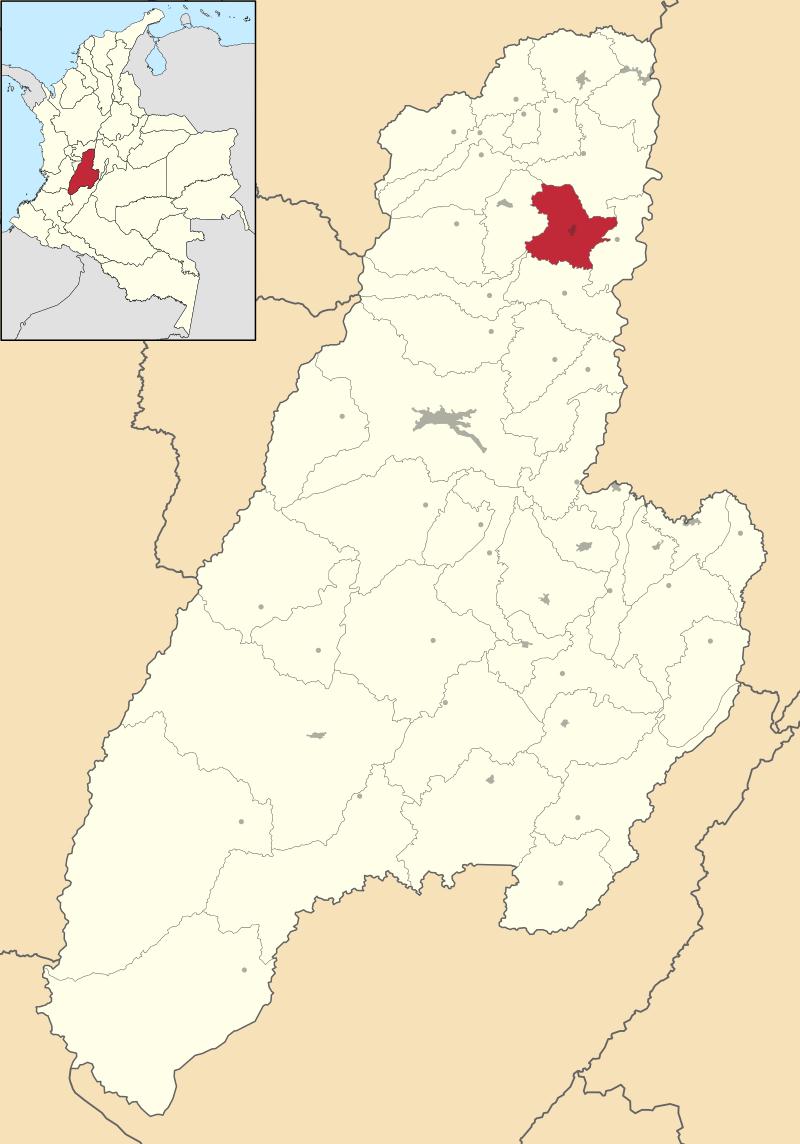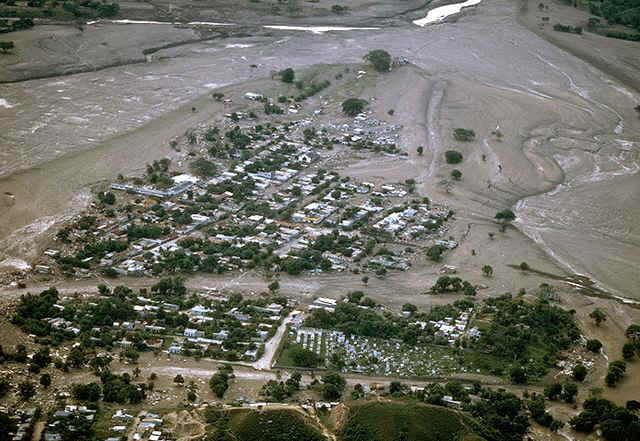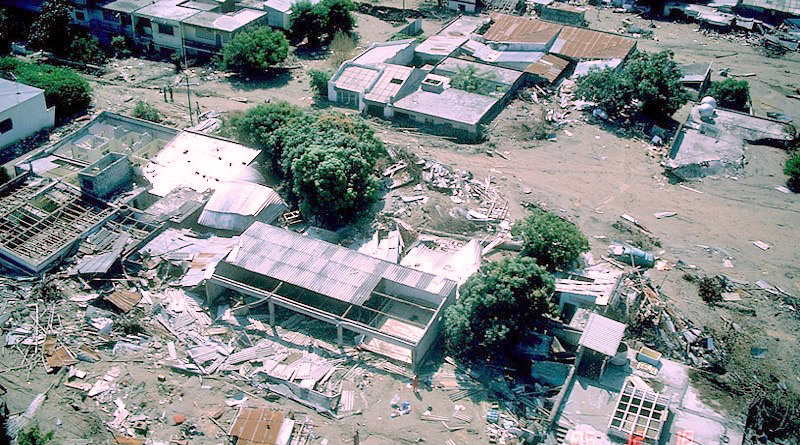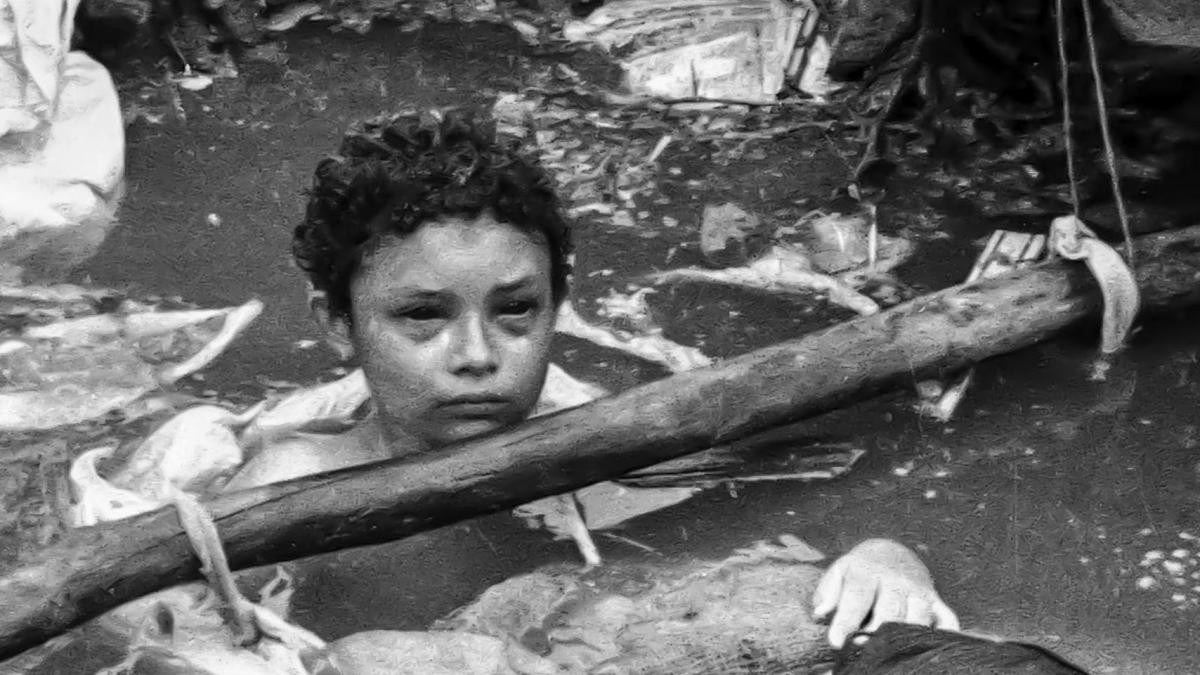Diagrama de temas
Lérida Fact Sheet
It is a town and municipality in the Tolima department of Colombia. The population of the municipality was 20,153 as of the 1993 census.
Location of the municipality and town of Lérida, Tolima in the Tolima Department of Colombia.

SYMBOLS OF LÉRIDA, TOLIMA
Flag of Lérida, Tolima

The flag is composed by three equals horizontal stripes, the top strip is golden color, the strip in the middle is white color and at the bottom red wine color.
Emblem

Entonemos Unidos por siempre
A una tierra que sabe de Paz,
Por el alma de nuestros ancestros
Que forjaron a un pueblo sin par;
De Coloya y bledos su estirpe
De los Panches tribu singular,
Hoy altiva se erige su raza
Cuna de hombres que saben luchar,
Hoy altiva se erige su raza
Porque Lérida es tierra de paz
I
Todo empezó en tiempos lejanos
Cuando un guerrero descubrió,
En mil quinientos treinta y ocho
A un grupo de hombres con valor;
Era la tribu de los Panches
De Bledos y Coloyas se formó,
Y unos sacerdotes Franciscanos
Fundaron a este pueblo en su misión.
II
Vino una dama muy prestante
Y unos terrenos ofreció
Son de la hacienda peladeros
Donde este grupo se mudo
Luego el virrey Manuel Antonio
Le dio vida legal de población
Parroquia señora del buen suceso
Tomando de la hacienda su razón.
CHORUS
Entonemos Unidos por siempre
A una tierra que sabe de Paz,
Por el alma de nuestros ancestros
Que forjaron a un pueblo sin par;
De Coloya y bledos su estirpe
De los Panches tribu singular,
Hoy altiva se erige su raza
Cuna de hombres que saben luchar,
Hoy altiva se erige su raza
Porque Lérida es tierra de paz.
III
Fue petición de Caballeros
Que convocaran a reunión,
Pronto llegaron a un acuerdo
Que fue de gran recordación;
Todos pensaban que su pueblo
Tenía su antiguo nombre que cambiar,
Y una capital de Cataluña
Le dio su nombre Lérida inmortal.
IV
Hoy pueblo recio y alfarero
Rinde tributo a su gestor,
Y a doña Manuela Arciniegas
Por su bondad y su valor;
Con el Virrey Manuel Antonio
Forjaron a una raza con tesón,
Mestizos aguerridos Tolimenses
Que buscan arraigar su tradición.
Libro: 1Archivo: 1URL: 1A HISTORY LESSON (LERIDA, TOLIMA) PART I
A HISTORY LESSON – LERIDA, TOLIMA – PART I
Before 1.492 It was Panche territory ruled by Siquima.
1.554, town of Indians of Coloya, ruled by Lope de Salcedo Jáuregui.
1.690 April 26th Coloya hamlet, Franciscan priests in fields of José Zabala.
1.777 church of Nuestra Señora del Buen Suceso of Peladeros, in the Mariquita province with Manuela Arciniegas and the viceroy Manuel Antonio Flores
1.863 Lerida, in the Tolima Department, with Antonio Dorjuela
1.991 Lerida Regional town, department of Tolima

Indigenous pots in the Museum of Armero
RUINS OF COLOYA

Glossary
The Panche or Tolima were a indigenous group of people in modern-day Colombia. They inhabited the southwestern parts of the department of Cundinamarca and the northeastern areas of the department of Tolima, close to the Magdalena River. At the time of the Spanish conquest, more than 30,000 Panche were living in what would become the New Kingdom of Granada.Early knowledge about the Panche has been compiled by scholar Pedro Simón. According to the latter, the word panche in their own Panche language means "cruel" and "murderer"
Siquima was the Panches’ chief of this sector.
Archivo: 1URL: 1A HISTORY LESSON – LERIDA, TOLIMA – PART II
A HISTORY LESSON – LERIDA, TOLIMA – PART II
Lerida as municipality has received names as: Coloya, Peladeros, Nuestra señora del Buen Suceso and Villa of Lérida, those names were given in different periods. We can’t deny that Spanish legacy is part of the identity in the America Nations, although the indigenous genocide and looting riches are part of our history.
The Panche are a community of fishers especially of catfish, craftsmen that controlled the fields in the high Magdalena, those fields are productives in agriculture and mining. They took the their name from a fish that is caught on the river and si called Bagre (catfish) but is more common the word “Panche”

The Panche traditionally deformed the newborns’ skull, using small boards in front and behind the head.

Cranial deformation
The governor of each tribe is chosen by shamans and old men in a group of dedicated, intelligent and brave men, the chief governs for life and the territory where his tribe lives took his name.
In the Panche dialect, when the words are split up, the prefix “Gua” appears. It means water and is used in words to baptize rivers like: Guali, Guarino, Guaguarco, Guatipore (Coello), Guandinosa, Guacacayo (Magdalena), Guanbeima (Combeima), Guacari (Gualanday), Guacolda among others.
Archivo: 1Glosario: 1Juego: 1THE LAST PANCHE RESISTANCE
THE LAST PANCHE RESISTANCE

In 1.537, the Spanish arrived to Guacheta, Funza and Tibacuy. In November of 1.538, the Spaniard conqueror Sebastian de Belalcázar discovered the fields where centuries later Lerida was founded, he conquered this territory.
In 1.539 before the Jimenez de Quesada trip to Spain, he kept friendly contacts with Sagipa, an indigenous Chibcha chief to collaborate with the Panche defeat.
Guataqui is the first Panche town to be taken; this is a port of shipment on the Magdalena River.
In this period The Panche gave a hard blow, military and morally to the Spaniards, this cause a big sorrow to the Spanish army, some converted mestizos killed the captain Jeronimo Hurtado, nephew of Jimenez de Quesada.

The panche adopted the ambush like combat method, then the politics unit or alliances between Indian Chiefs appear. The last Panche Indian chiefs were twelve who make up the resistance in the North of the department of Tolima in front of European colonization. The Panche living in the center of the Country are ferocious, combatant and free until death.
1. Guacana: Governor of Tocaima in 1544, he is powerful and respected.
2. Lachimi: He is taken prisoner and killed after being defeated in a bloody battle.
3. Calandaima: Chief of Anapoima, who is subjugated.
4. Conchima: He disappeared from sight of his people.
5. Iqueima: His territories are in Fusagasuga, he is defeated in a surprise attack.
6. Yuldama: Lord of the North of Tolima, he was a brave leader of Marquetones Gualies and other small groups , he is killed in combat for the ferocious Spanish army.
7. Pompomá: Main ally of the Gualies, his inheritor was kidnap by Jimenez de Quesada to defeated Pompomá.
8. Cirircua: son of Yuldama, he was proud an brave, he fight the Spaniards until the end, his will is broken, hopeless he obeys the Spanish oppression.
9. Guastia: He rules near Bogota.
10. Niquiatepa: he was ally with the Gualies, he defends his people from slavery, he rules around Guayabal, (Tolima), he turned himself in to the Spanish and is chained.
11. Cimarra: he cooperates and is obedient with the regime; nevertheless he decides to fight the empire that practices a double moral, so the Spanish only want the Indian extinction.
12. Ondama: Lord of Honda, skillful and zealous, he fights to free his people. He is defeated and subdued, his territories were falling slowly.
Archivo: 1Glosario: 1Juego: 1LERIDA IS BORN

Half-breed with Chibchas
In 1.863 February 21st Lerida became municipality by law, its administration started in January 1st , 1864, its first mayor was Antonio Dorjuela.
In 1.874 coup against Tomas Cipriano de Mosquera, replaced by Santos Acosta. Tolima rose up in arms supported by the Ambalema’s snake (la culebra de Ambalema) a seditious group that operated in the region commanded by Eugenio Castillo.
In 1,869 was the largest tobacco exportation in the country, this is produced in the whole area but is collected in Ambalema, for this period the tobacco factories weren’t established.
In 1.870 Isidoro Parra founded Libano and coffee is carried to the The Colombian coffee Region “coffee axis”also to Icononzo, Carmen de Apicala and the South of department of Tolima.
In 1.876 the tobacco production entered a crisis, the prosperity ended, and towns as Lerida are abandoned, its territories became pastures, the solitude reigns.
Causes are many: high taxes, low salaries, import of sumptuary goods, human staff wasn’t trained, transport system was in bad conditions, and the competitiveness was strong against and Java and Sumatra.
Libro: 1Archivo: 1Juego: 1NATURE TAKES ITS TOLL
THE ARMERO TRAGEDY
According to 1.985 census Lerida had 15.777 inhabitants on the banks of Lagunilla river two hamlets were founded in 1.840: Tasajeras and San Lorenzo.
Those hamlets were devastated for a landslide of mud and stone coming from The Nevado del Ruiz in February 19, 1845. After that the San Lorenzo village was created in 1.861, this territory was recognized as a place of commercial importance due to railroad building between Ambalema-Honda.
Its name was changed in 1930 for Armero , in homage to the hero of Mariquita, José León Armero, quickly it becomes one of the most important municipalities in the department for its fertile oil. In December 1, 1984 the Nevado Del Ruiz reactivates its fumaroles.

In November 13, 1985 at 11:00 p.m. Armero disappeared in the mudflow caused by melt of the Nevado Del Ruiz only one quarter of its 28,700 inhabitants survived. The Armero tragedy, as the event came to be known, was the second-deadliest volcanic disaster in the 20th century, being surpassed only by the 1902 eruption of Mount Pelée and is the fourth-deadliest volcanic eruption in recorded history.
Luz Garcia in her book, describes: “That night people ran desperate, many are knocked down by cars that tried to abandon the town”

Omayra Sánchez was a young victim of the tragedy, photographs of her were published around the world. Other photographs of the impact of the disaster captured attention worldwide and led to controversy over the degree to which the Colombian government was responsible for the disaster. A banner at a mass funeral in Ibagué read, "The volcano didn't kill 22,000 people. The government killed them."

The Armero disappearance caused social and economic instability in the department of Tolima, indeed Lerida became in a care center on the part of national government and different nations that arrived to give first aid.
In 1.988 the population of Lerida increases to 20.000 inhabitants, the municipality undergoes an urban transformation; many survivors of the Armero’s tragedy were located there and Lerida was named: “Ciudad Regional” (Regional City), a hospital called “Reina Sofia” (Queen sofia) was donated for Spain, a hotel called Minuto de Dios (Minute of God), avenues, streets an more.
John Paul II Visits Lerida

In July 6, 1986 on Sunday Jhon Paul II visited Lerida, a big platform was built, around 5.000 people from Lerida and different parts of the department and the country arrived, after he was carried to Armero where gave a speech.
URL: 1
